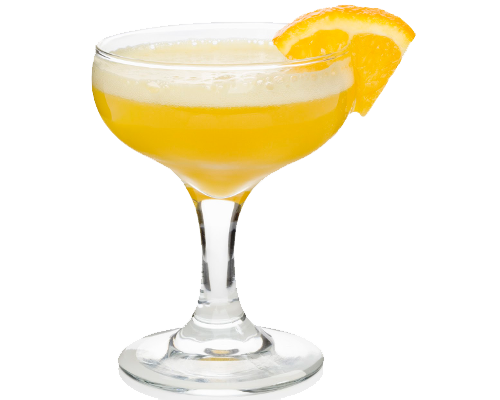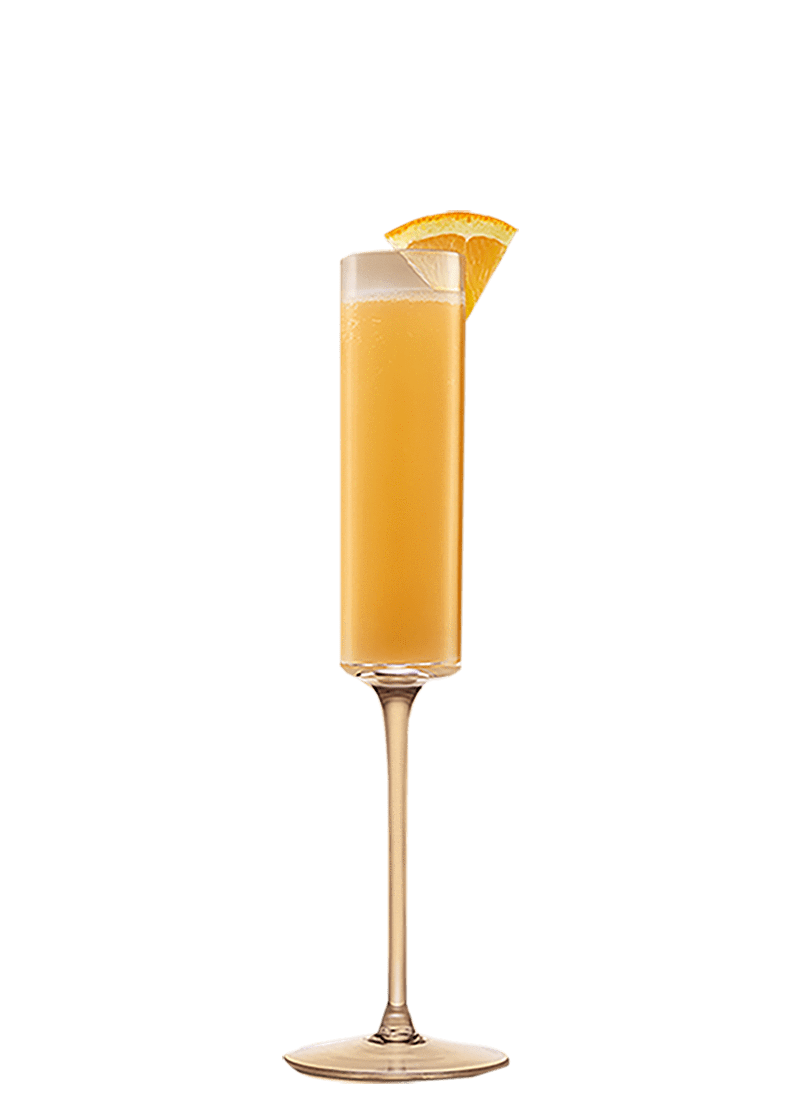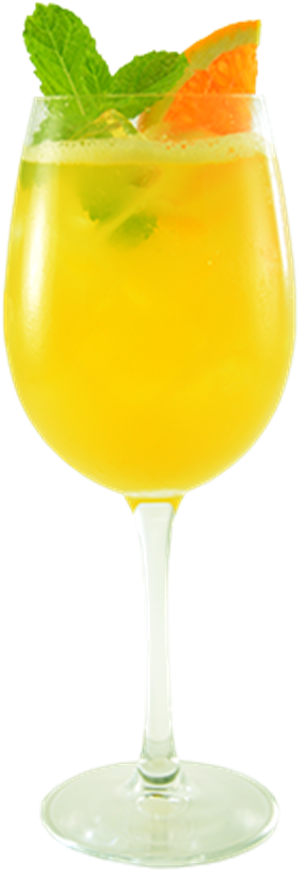Download top and best high-quality free Mimosa PNG Transparent Images backgrounds available in various sizes. To view the full PNG size resolution click on any of the below image thumbnail.
License Info: Creative Commons 4.0 BY-NC
Mimosa is a genus of about 400 species of herbs and shrubs belonging to the pea family (Fabaceae). It is commonly known as “sensitive plant” or “touch-me-not” because of its unique reaction to touch and other external stimuli. Other common names include “sleeping grass,” “shameplant,” and “humble plant.” The name “mimosa” is derived from Greek μιμος (mimos) meaning “mimic,” referring to the plant’s ability to “mimic” animal behavior by closing its leaves in response to touch or disturbance.
Characteristics of Mimosa Plants
Mimosa plants are characterized by their delicate, fern-like leaves and bright, fluffy flowers. The leaves of the plant are compound, with numerous small leaflets arranged along a central stem. The leaflets are sensitive to touch and will fold up and droop down when stimulated. This unique feature is caused by the plant’s ability to rapidly lose turgor pressure in response to touch, making the leaves appear wilted or droopy.
The flowers of the mimosa plant are typically pink, purple or white in color and arranged in spherical clusters known as “puffs.” The flowers are composed of numerous tiny, individual blossoms that collectively create a showy display. The flowers are often highly fragrant and attract a variety of insects, including bees and butterflies.
The fruit of the mimosa plant is a flattened pod that contains numerous seeds. The pods are typically covered in fine hairs and can become quite large in some varieties of the plant.
Origins of Mimosa Plants
The origin of mimosa plants is somewhat unclear, as the genus is widely distributed throughout the world and has been cultivated in many different regions over the years. Most species, however, are believed to be native to tropical and subtropical regions of Africa, Asia, and the Americas.
Mimosa plants have a long history of use in traditional medicine. Various parts of the plant, including the leaves and bark, have been used to treat a wide range of ailments, including respiratory problems, diarrhea, fever, asthma, and headache. The plant is also said to have sedative, analgesic, and antiseptic properties.
Cultivating Mimosa Plants
Mimosa plants are relatively easy to cultivate and are well-suited to a wide range of growing conditions. The plant prefers warm, humid climates and requires well-draining soil that is rich in organic matter. In some areas, mimosa plants are considered invasive due to their rapid growth and ability to spread quickly.
The plant can be propagated from seed or through vegetative means such as stem cuttings. It is also possible to grow the plant from the root ball of an established plant.
Uses of Mimosa Plants
Mimosa plants have a wide range of uses, both practical and decorative. Many varieties of the plant are grown as ornamentals in gardens, parks, and other outdoor spaces. The plant’s attractive foliage and showy flowers make it a popular choice for landscaping and beautification projects.
In addition to its ornamental uses, mimosa plants have a variety of practical applications. The plant’s bark and leaves have been used to produce tannin, a substance used in the tanning of leather. The plant’s wood is also considered to be of high quality and is sometimes used in the production of furniture and other wooden objects.
Overall, the mimosa plant is a fascinating and beautiful addition to any garden or landscape. Its unique sensitivity to touch and other stimuli make it a fascinating plant to observe and study, while its attractive flowers and foliage make it a popular choice for decorative purposes. Whether you are interested in the plant for its practical uses or simply for its ornamental value, there is no denying the appeal of this remarkable plant.
Download Mimosa PNG images transparent gallery
- Mimosa PNG Image
Resolution: 384 × 1394
Size: 780 KB
Image Format: .png
Download
- Mimosa PNG Images HD
Resolution: 585 × 1293
Size: 226 KB
Image Format: .png
Download
- Mimosa PNG Images
Resolution: 256 × 256
Size: 26 KB
Image Format: .png
Download
- Mimosa PNG Photo
Resolution: 512 × 512
Size: 19 KB
Image Format: .png
Download
- Mimosa PNG Photos
Resolution: 512 × 512
Size: 19 KB
Image Format: .png
Download
- Mimosa PNG Pic
Resolution: 414 × 1553
Size: 354 KB
Image Format: .png
Download
- Mimosa PNG Picture
Resolution: 500 × 400
Size: 100 KB
Image Format: .png
Download
- Mimosa PNG
Resolution: 512 × 512
Size: 11 KB
Image Format: .png
Download
- Mimosa Transparent
Resolution: 416 × 574
Size: 228 KB
Image Format: .png
Download
- Mimosa
Resolution: 1500 × 1500
Size: 1076 KB
Image Format: .png
Download
- Mimosa Background PNG
Resolution: 476 × 612
Size: 91 KB
Image Format: .png
Download
- Mimosa No Background
Resolution: 800 × 1108
Size: 43 KB
Image Format: .png
Download
- Mimosa PNG Clipart
Resolution: 512 × 512
Size: 34 KB
Image Format: .png
Download
- Mimosa PNG Cutout
Resolution: 350 × 700
Size: 134 KB
Image Format: .png
Download
- Mimosa PNG File
Resolution: 299 × 870
Size: 273 KB
Image Format: .png
Download
- Mimosa PNG Free Image
Resolution: 700 × 400
Size: 176 KB
Image Format: .png
Download
- Mimosa PNG HD Image
Resolution: 1500 × 1500
Size: 212 KB
Image Format: .png
Download
- Mimosa PNG Image File
Resolution: 451 × 602
Size: 103 KB
Image Format: .png
Download
- Mimosa PNG Image HD
Resolution: 200 × 450
Size: 85 KB
Image Format: .png
Download


















